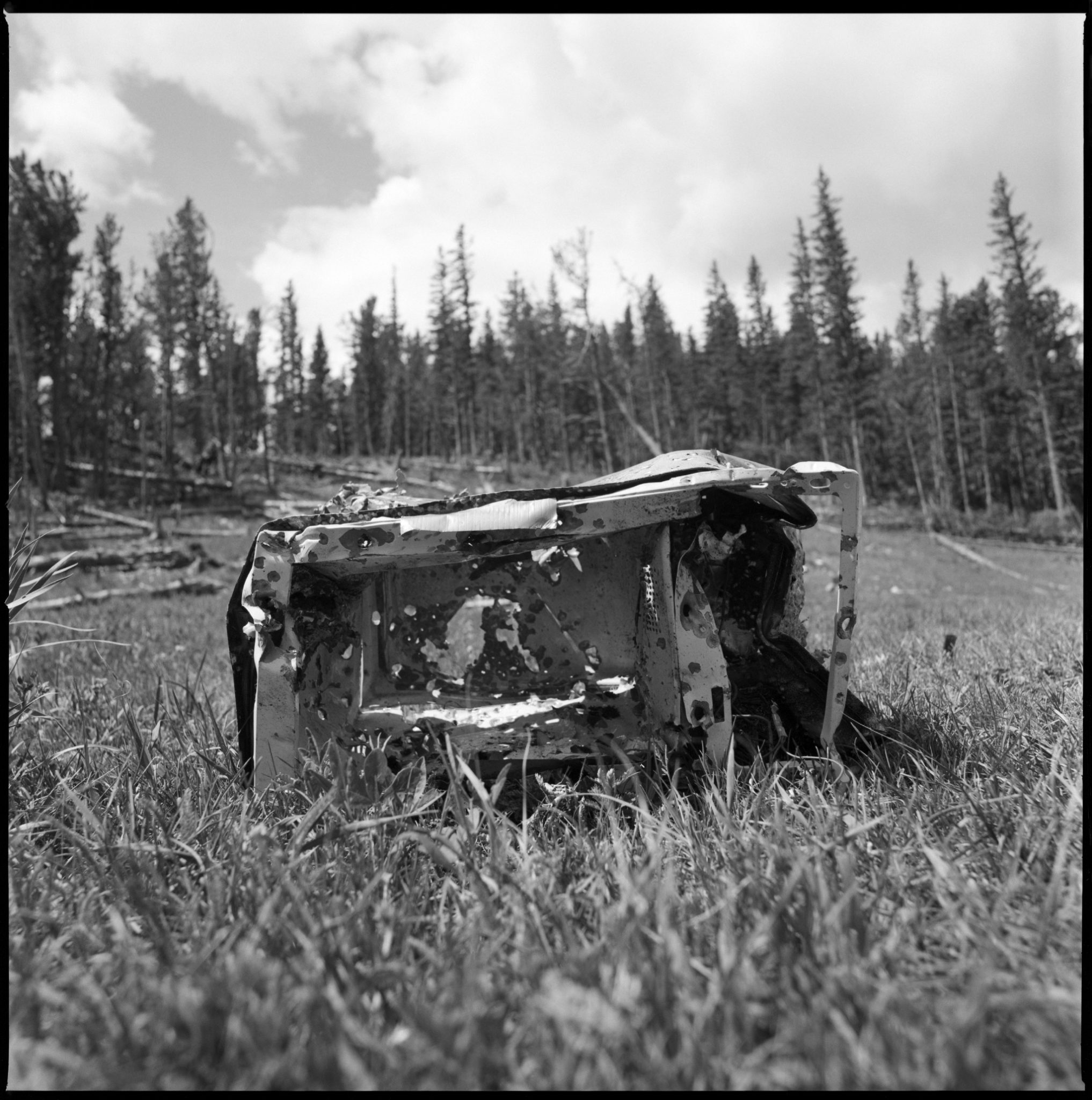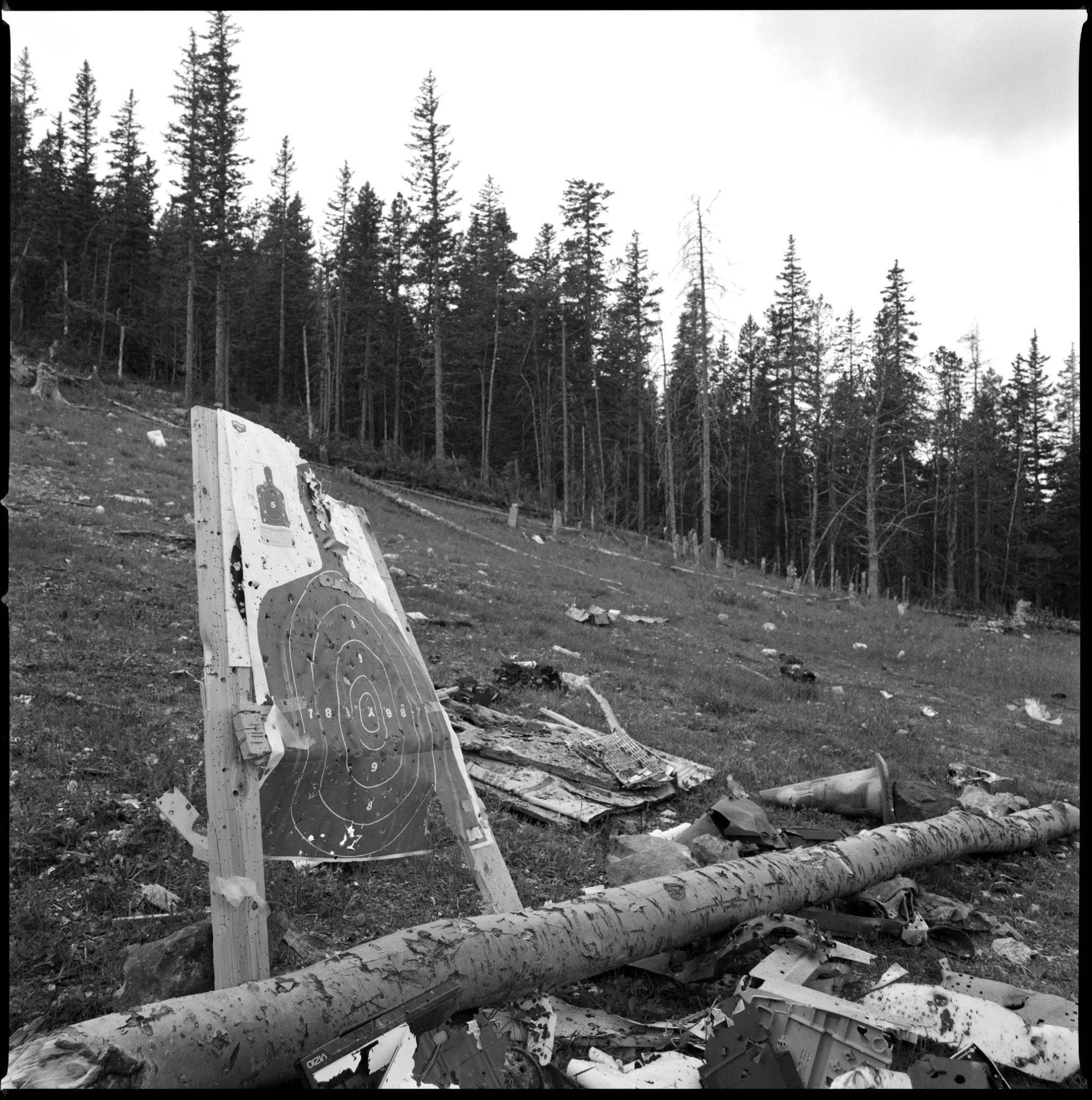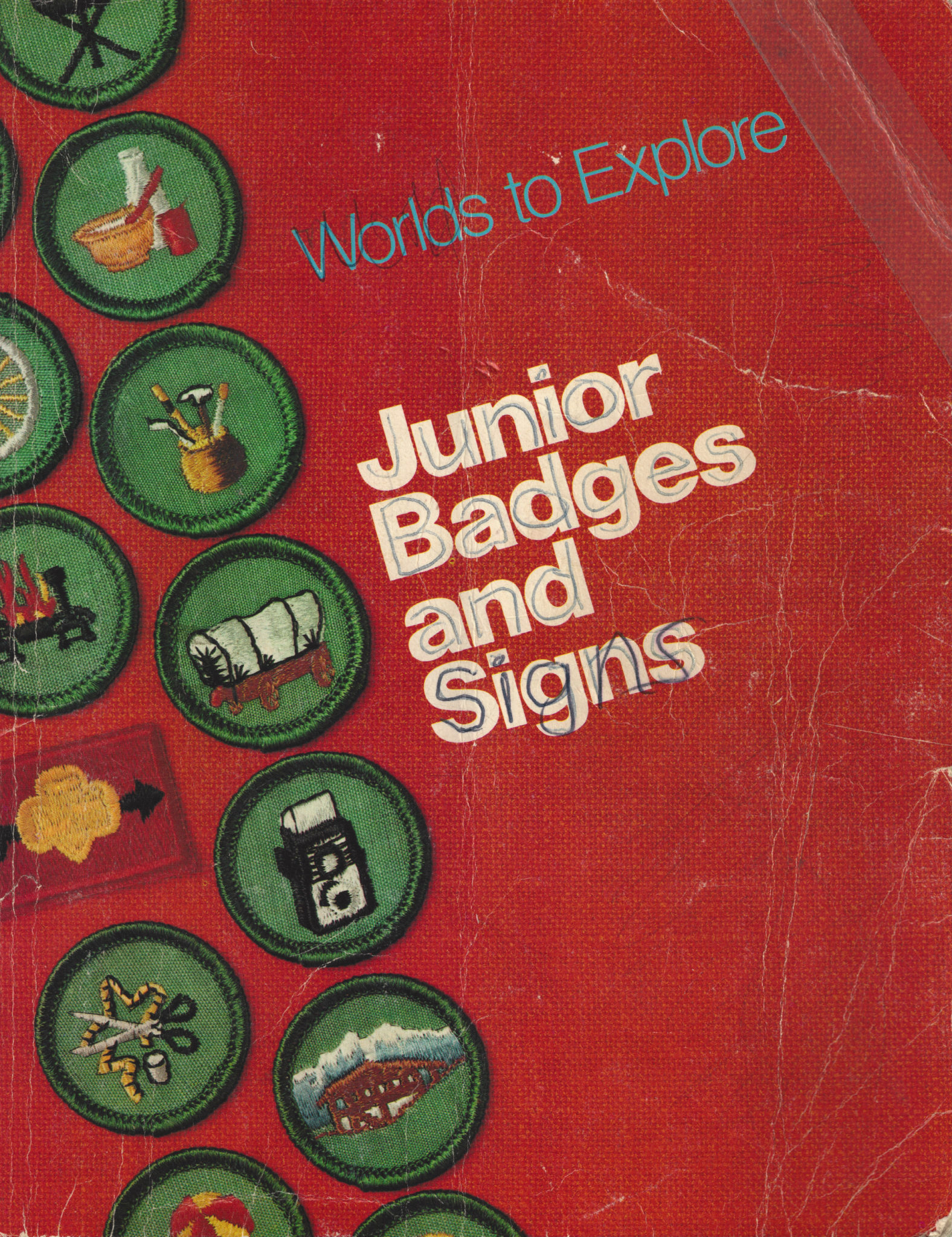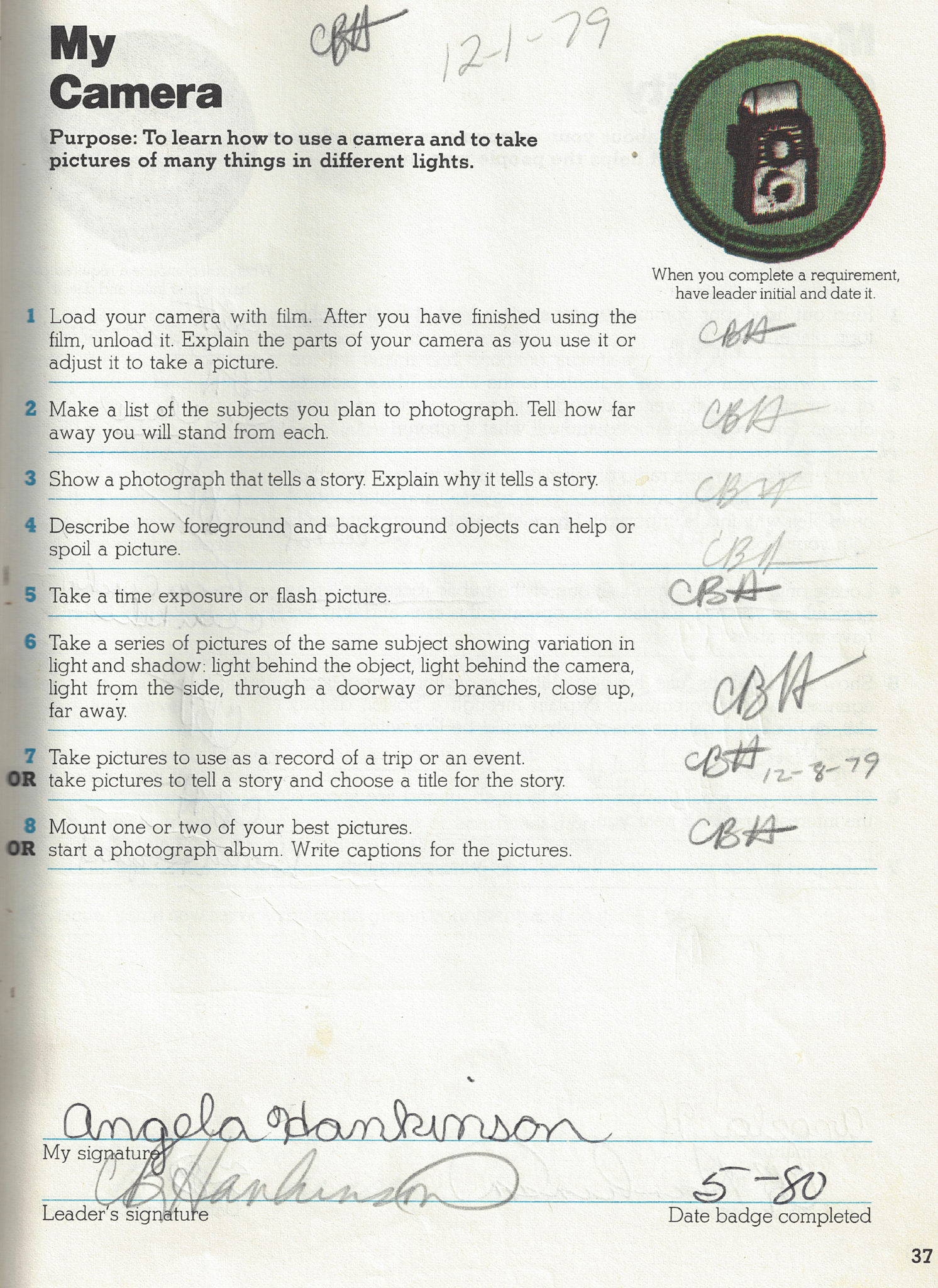This week, I’m inspired by two quotes my mom shared with me in response to my Second Amendment project. She was watching a U.S. National Parks special on PBS the other night and heard this quote, and promptly sent it to me because she felt it aligned nicely with my current photographic project.
“Something will have gone out of us as a people if we ever let the remaining wilderness be destroyed … We simply need that wild country available to us, even if we never do more than drive to its edge and look in.” – Wallace Stegner, The Sound of Mountain Water
This is the centennial year celebration of the U.S. National Park Service, and for those of you who receive National Geographic magazine, you’ll have already seen two beautiful covers celebrating our national parks. January 2016’s cover is The Power of the Parks with an amazing tri-fold panorama cover of Yosemite National Park by Stephen Wilkes. The May 2016 issue has a vintage painting by Henrich Berann of Yellowstone called The Battle for the American West. 100 years and our beautiful wild spaces are still thriving and managing to beat the odds despite us…the human race. That is, those of us that go deep and explore, and those that drive to the edge and look in.
I recently shot another round of imagery for my project. When I walk around these locations I find myself feeling all kinds of emotions from anger and disappointment, to getting a good laugh when I see a great juxtaposition like beautiful new wildflowers springing up all over a site of destruction. Mother Nature will prevail, and lets all hope she has, at least, another 100 in her.
I’m adding to my portfolio of images with the goal of achieving twenty strong images that tell the story. I won’t stop at twenty, that’s just my first major mile marker. Two of my newest favorites are two that I’ll share here.

Planned Obsolescence is a scene that left me scratching my head. Out in the middle of the wilderness this microwave oven was blown apart like Swiss cheese. This image inspires me to explore another topic I’ve been quite inquisitive about – trash. Why do we, the above-mentioned human race, create so much trash? And, what is our obsession with dragging our trash into the wilderness? Seems that takes more effort than just carrying it to the local recycling center (best option), or at the very least, your local landfill (not the best option).

And, VIZIO is another image that I like. Randy liked this one the best. He said it gets the whole story in one shot – close up destruction to widespread destruction. And, then there is that VIZIO TV set, or what’s left of it. Again, what’s with the trash? I wonder what the CFO at VIZIO would pay to have his product featured like this? Not quite a Hollywood blockbuster for advertising and consumerism.
So in this centennial year, go visit one of your (yes, your) U.S. National Parks. Explore deep, or peer in from the edge…just appreciate the beauty and leave no trace. And while you’re there, carry out a bag of trash.
“What we are doing to the forests of the world is but a mirror reflection of what we are doing to ourselves and to one another.” – Mahatma Gandhi







